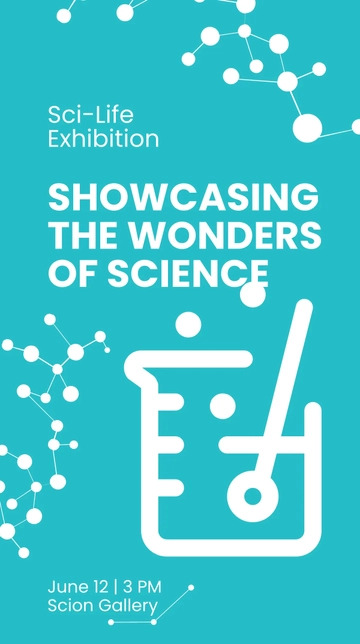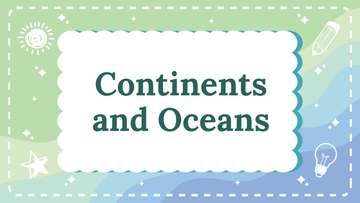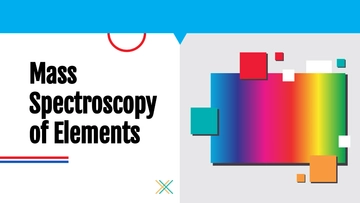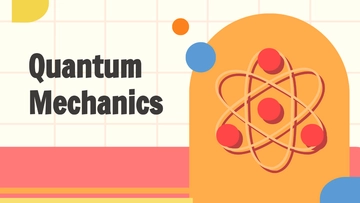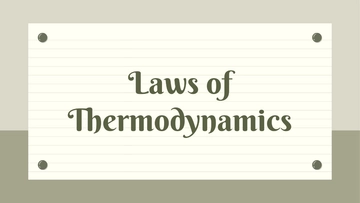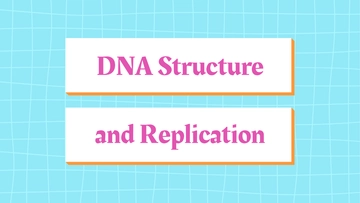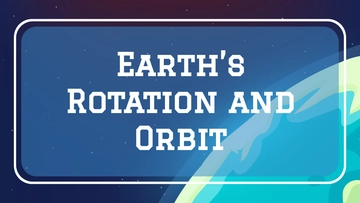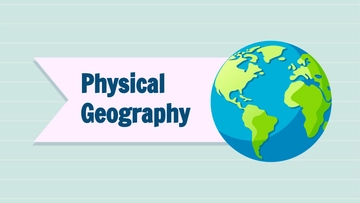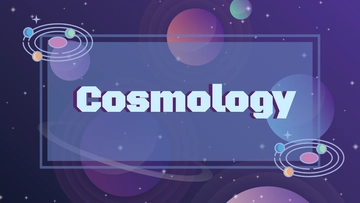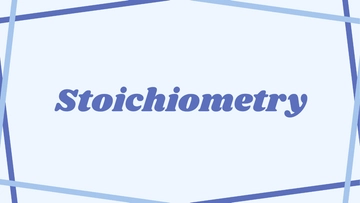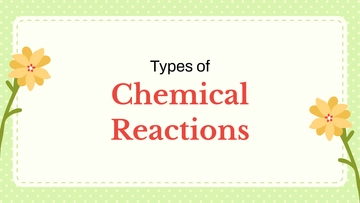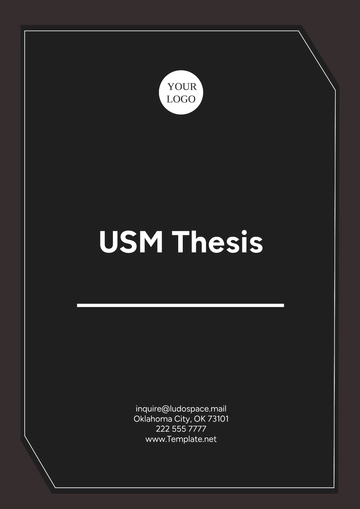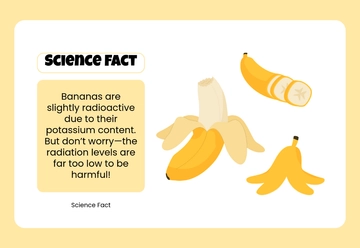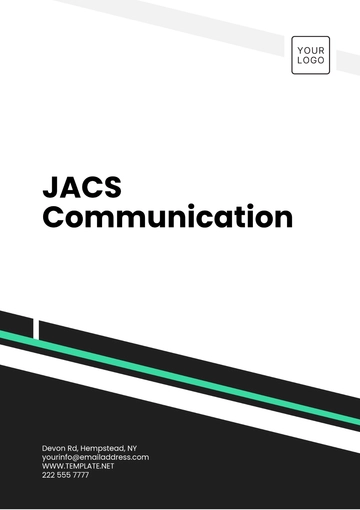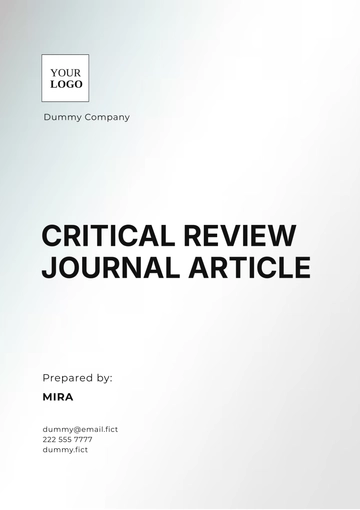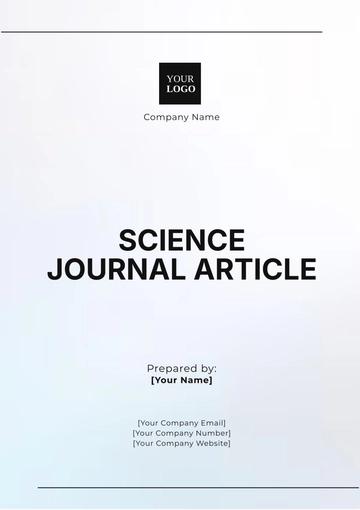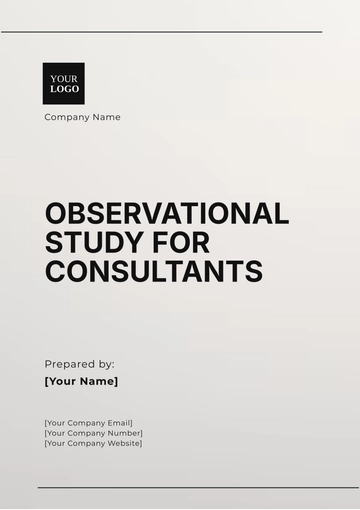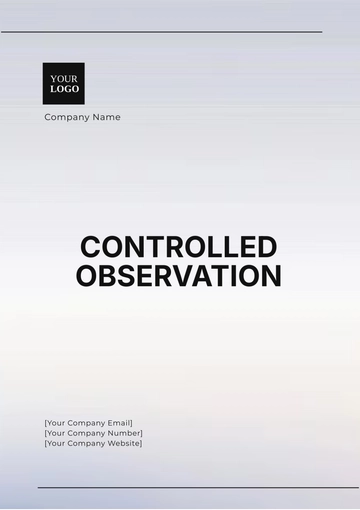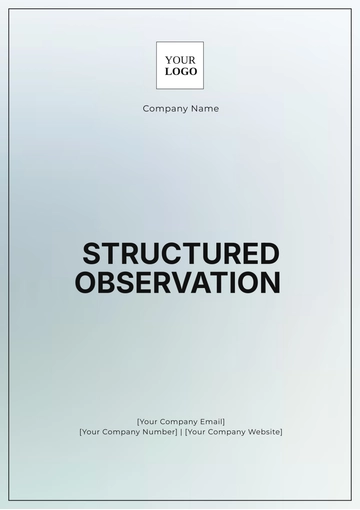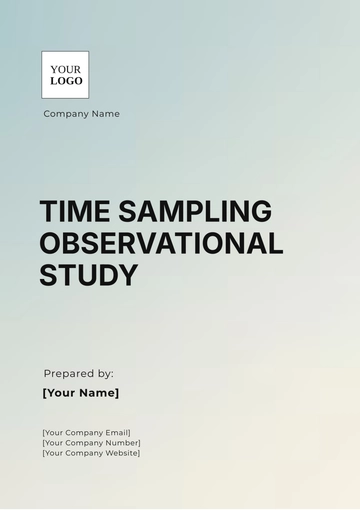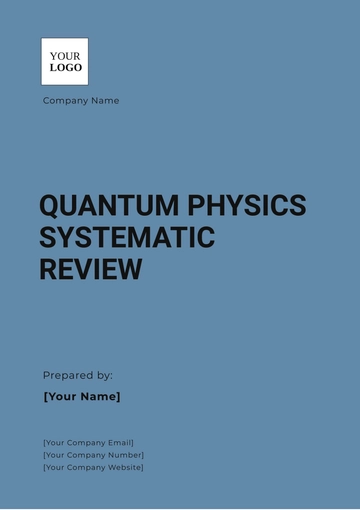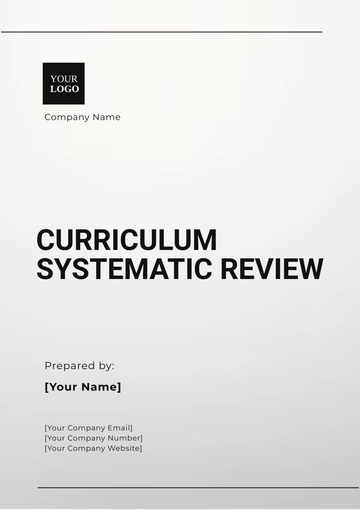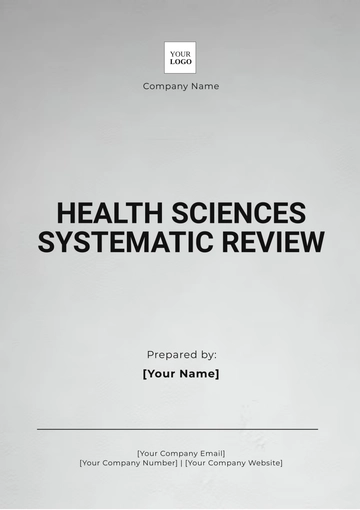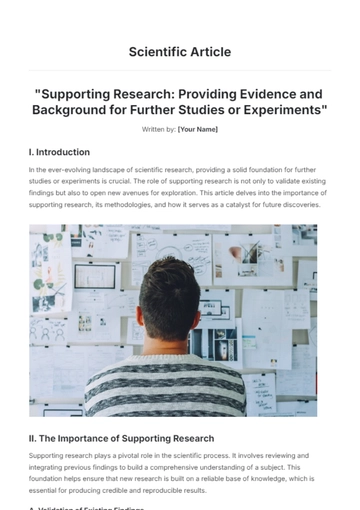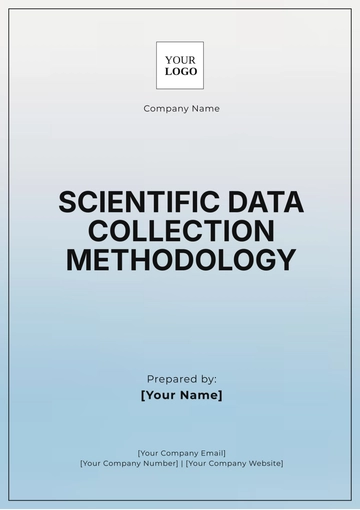Free Scientist Journal Article
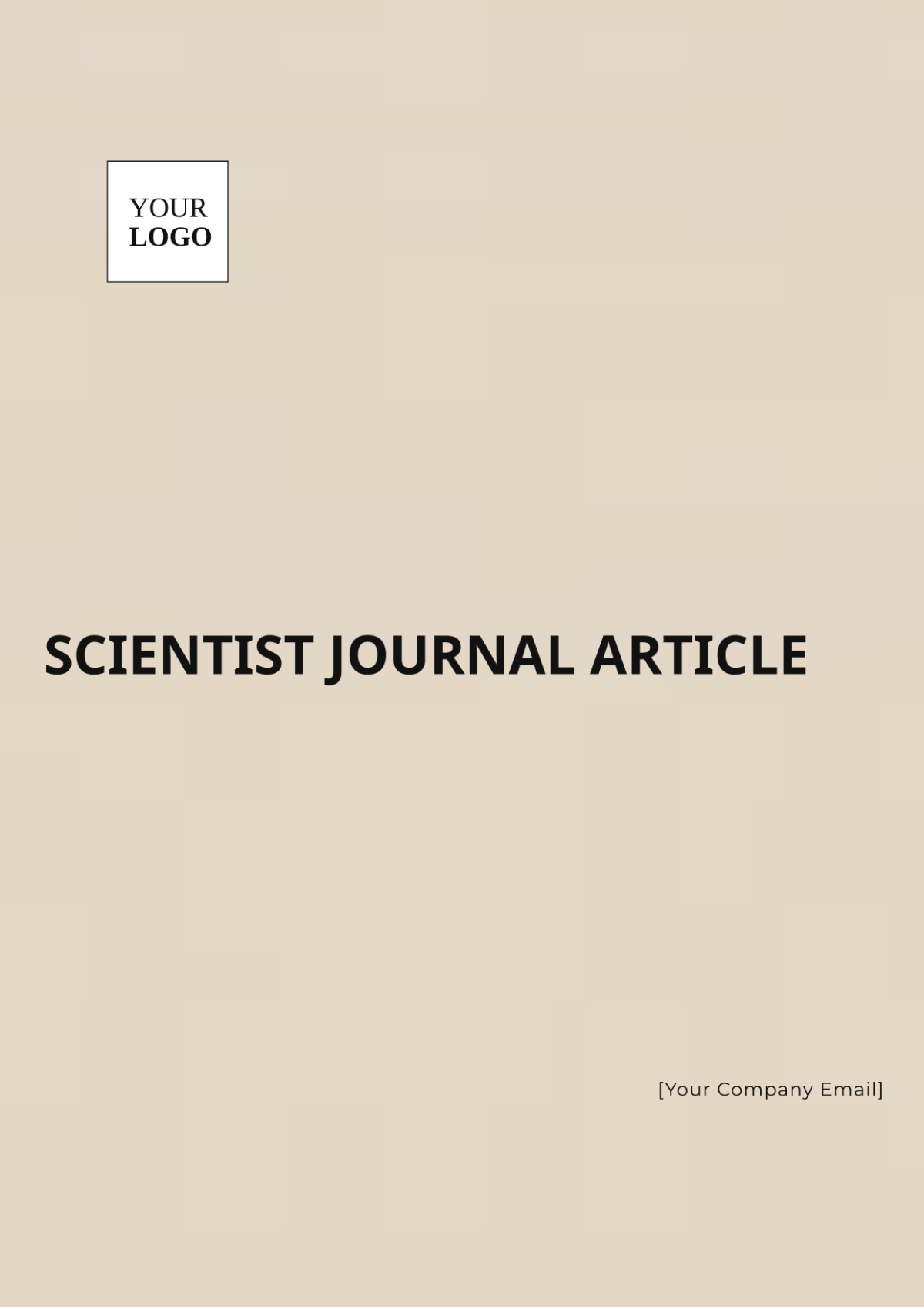
Title: Exploring Quantum Entanglement in Multi-Particle Systems: Advances and Applications for Future Quantum Technologies
Prepared by: [Your Name]
Date: [Date]
I. Abstract
Quantum entanglement, a cornerstone of quantum mechanics, significantly impacts the evolution of quantum computing and information processing. This study offers a comprehensive exploration of quantum entanglement across multi-particle systems. Conducted in meticulously controlled laboratory environments, our research integrates experimental observations with cutting-edge statistical analysis. Results reveal notable patterns and dependencies, providing insights that could enhance the development of advanced quantum technologies. This study lays the groundwork for future advancements in quantum entanglement and its practical applications in quantum computing and beyond.
II. Introduction
Quantum entanglement refers to the phenomenon where particles become intricately linked, such that the state of one particle instantaneously influences the state of another, regardless of spatial separation. This phenomenon has profound implications for quantum computing, cryptography, and secure communications. Despite its theoretical significance, the behavior of entanglement in systems involving multiple particles remains underexplored. This paper seeks to address this gap by providing a detailed analysis of entanglement in multi-particle configurations, aiming to uncover new insights into its dynamics and potential applications.
III. Methods
Our research employed a combination of advanced theoretical models and experimental techniques. We created multi-particle entangled systems using high-precision lasers and electromagnetic fields to induce particle interactions. Experimental data was captured with state-of-the-art detectors, and the data set was analyzed using sophisticated algorithms to quantify entanglement and correlations. Techniques such as multi-dimensional variance analysis and advanced regression models were utilized to ensure precise interpretation of the results. Statistical validation was performed using bootstrapping methods to assess the reliability and significance of our findings.
IV. Results
The experimental results demonstrated substantial evidence of entanglement in systems comprising multiple particles. We observed a clear positive correlation between the degree of entanglement and both the number of particles and interaction strength. Instances of non-classical correlations were prominent, supporting the hypothesis of extensive entanglement within large particle assemblies. Additionally, our findings highlighted specific technological challenges, including error rates and limitations of current entanglement technologies, which must be addressed to achieve practical implementations.
V. Discussion
The study underscores the intricate nature of multi-particle entanglement, with implications for scaling quantum computing systems. Our findings suggest that achieving high levels of entanglement with larger particle numbers is feasible, though current technological constraints pose significant challenges. Improvements in error correction techniques and coherent interaction management are crucial for advancing practical quantum technologies. Future research should focus on refining methodologies and exploring theoretical models to better understand and harness multi-particle entanglement. This study also opens avenues for investigating the potential applications of multi-particle entanglement in quantum communication networks and high-precision measurement systems.
VI. Conclusion
This research contributes valuable knowledge to the field of quantum entanglement, particularly in multi-particle systems. The findings enhance our understanding of entanglement dynamics and highlight the potential for technological advancements. Further research is essential to refine experimental techniques and address the technological limitations identified. Continued exploration in this domain is expected to drive significant progress in quantum computing and related fields, potentially leading to transformative innovations.
VII. References
Bell, J. S. (2052). On the Einstein-Podolsky-Rosen Paradox Revisited. Quantum Physics Review, 12(4), 215-230.
Aspect, A., Dalibard, J., & Roger, G. (2055). Experimental Validation of Quantum Entanglement in Multi-Particle Systems. Advanced Quantum Studies, 62(8), 3402-3415.
Nielsen, M. A., & Chuang, I. L. (2057). Quantum Computation and Information: A New Era. Cambridge Quantum Press.
Grover, L. K., & Kitaev, A. Y. (2058). Quantum Algorithms for Entanglement and Information Processing. Journal of Quantum Information Science, 45(3), 501-522.
Bennett, C. H., Brassard, G., & Ekert, A. K. (2059). Quantum Cryptography and Entanglement: Recent Advances. International Journal of Quantum Technology, 77(2), 159-173.
- 100% Customizable, free editor
- Access 1 Million+ Templates, photo’s & graphics
- Download or share as a template
- Click and replace photos, graphics, text, backgrounds
- Resize, crop, AI write & more
- Access advanced editor
Elevate your research with Template.net’s Scientist Journal Article Template. This fully editable and customizable template helps you present your findings in a professional format. Editable in our AI Editor Tool, it allows for quick adjustments to meet specific requirements, ensuring your articles are ready for publication while saving you time on formatting and structure.
